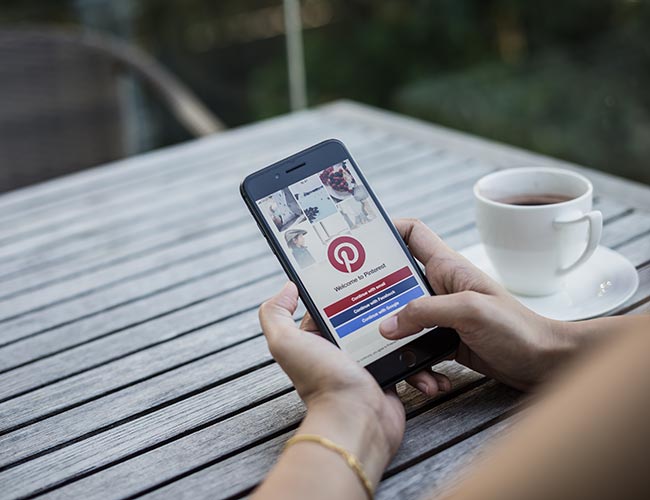The Internet has greatly evolved over the past 15 years. Years ago bulky websites and search engines were the norm, however, today the focus is on minimal and highly customizable interfaces like the Pinterest effect.
According to Phil Simon’s article, “The Pinterest Effect,” he explains how about a handful of websites have been highly influential on website design. For example, Amazon and eBay have perfected the simplicity of shopping carts, while Yahoo has mastered widgets and customizable pages for users. Social media has evolved as well, MySpace allowed users to add personalized content such as graphics and music, but users found the interface annoying, so they moved on to Facebook. Even Facebook has evolved its interface with the recently introduced, photo-oriented timeline.
Pinterest is the latest craze in social media. Everything from crafts, to recipes, to workout routines can be found on Pinterest. Users can share most anything with others by re-pinning items on to customizable pin boards. One of Pinterest’s main draws is the layout of the website. It’s interface focuses on images rather than text, enabling users to find things they like much faster. “We can process and ‘pin’ photos very quickly and we get tired of text. Images are often easier to digest than words.” With web design becoming more photo-based, it will be interesting to see how many sites will begin to implement Pinterest’s photo focused design.
Read an excerpt from the article.
——
Pinterest: Why it Matters Now
Much like Facebook’s Like button and the Twitter’s Re-tweet button, Pinterest is making it dead-simple to like something on individual sites. What’s more, it’s easier to see what any one person likes by viewing that person’s boards.
From a Web design perspective, is Pinterest somehow “better” designed than other sites? That’s the wrong question to ask. The better question is, why are so many other sites rushing to copy Pinterest? Short answer: We can process and “pin” photos very quickly and we get tired of text. Images are often easier to digest than words.
In the long term, what does Pinterest mean for Web design? I have no crystal ball. To be sure, certain design principles are as true today as they were 10 years ago. Books like Don’t Make Me Think: A Common Sense Approach to Web Usability (published in 2005) are still remarkably relevant. Whether Pinterest becomes the next great platform is anyone’s guess. Less uncertain, though, is the impact that its photo-centric design is currently having on many websites.
——








